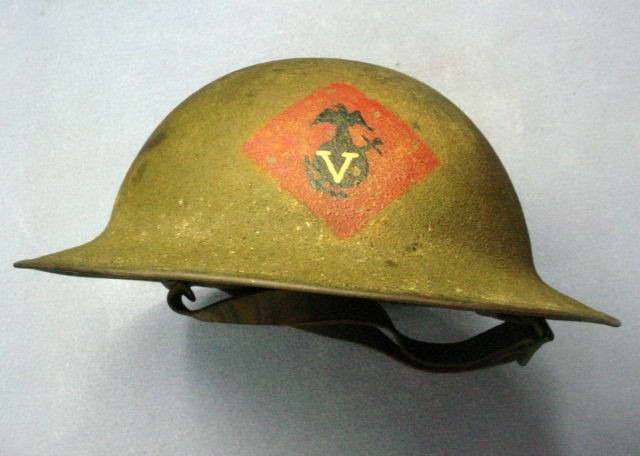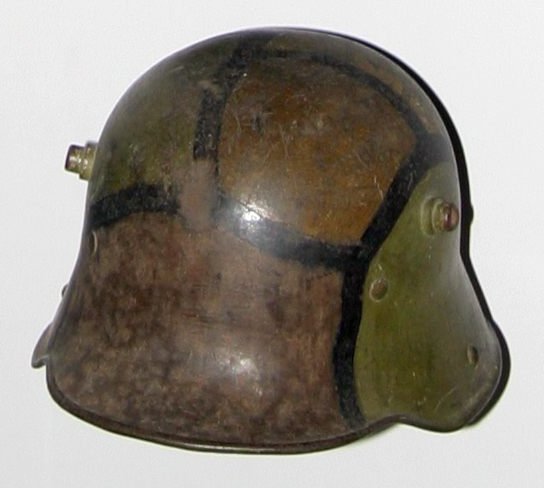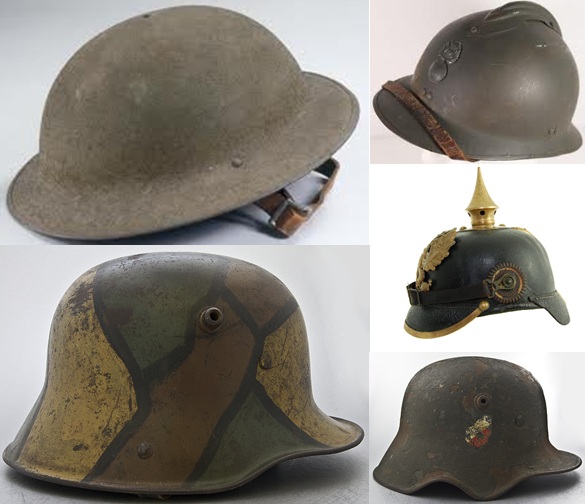When World War One broke out, the troops never realized just how violent and devastating the weapons of the 20th century would be. The front line troops were faced with machine guns, explosives, and massive artillery attacks.
The most dangerous part was that the troops had little protection for their heads, and it was this experience that spurred the reintroduction of military helmets for all troops. This policy was introduced six months into the war when the French army brought in a cap made of steel so that its soldiers could be better protected from flying shrapnel.
A range of military helmets is now on display at a new exhibition at the Virginia War Museum. The helmet had been used in past centuries, but it had been abandoned because until World War One began helmets were not required. Even when the U.S. joined the war, and its troops hit the front line in 1917, the first divisions were still using hats, not helmets.
The British told the Americans that they will need to wear helmets, but the Americans didn’t have any to provide their troops, so the Americans bought almost half a million helmets from Britain pretty quickly.

Developed by John L. Brodie, the Model 1915 “Brodie” helmet, also known as the “Tommy” helmet, was the first steel helmet introduced to British soldiers during WW1. The helmet was manufactured in just one stamping procedure. First issued in 1915, The M-15’s distinct shape and effectiveness on the battlefield paved way for future modifications based on its design, including the British Mk-I and Mk-II and the American M-1917 and M-1917A1.
However, the U.S. War Department decided that they’d need American-made helmets and set about making their own.
A helmet known as the Type 8 was an American-style helmet that had once been made by a medieval armor specialist. The famous French M15 Adrian helmet is also among the collection and became widely used around the world. It was made of heavy gauge steel and was ideal for protecting the soldiers’ heads.

The iconic German stahlhelm began with the introduction of the Model 1916 in 1915. Each side of the M-16 shell had a lug that served a dual purpose: ventilation and as fixing points for a frontal plate to increase protection. The liner of the German M-16 further enhanced the helmet’s effectiveness and comfort. It featured a three-pad system attached to a leather band. The German M-16 design helped solidify it as the most combat-effective helmet of WW1, and now one of the most collectable.
The liner of the German M-16 further enhanced the helmet’s effectiveness and comfort. It featured a three-pad system attached to a leather band. The German M-16 design helped solidify it as the most combat-effective helmet of WW1, and now one of the most collectable.
When the Americans began to design their helmet they based it as much as they could on the German helmet. They came up with several versions and tested them on troops in the field. Finally, the “dishpan” design became the U.S. M1917, based on the design of the British Mark I helmet.
It gave the American troops the name of “doughboys”. The soldiers became so attached to their helmets that they didn’t want to give them up when they returned from service. The war department finally decided to let the troops keep them.
Virginia War Museum’s exhibition is called “Steel Pots” and consists of more than 43 helmets from around the world. The helmets have been donated for the exhibition by two private collectors.
“Brow-armor” by Rama; crop by Randroide – own work; crop of Image:Musee-de-lArmee-IMG 0989.jpg. Licensed under CC BY-SA 2.0 fr via Commons.
